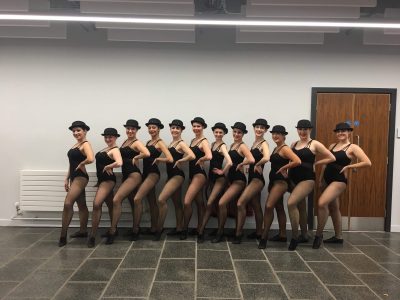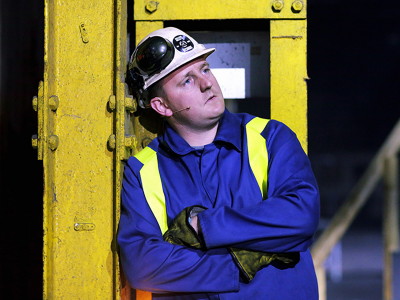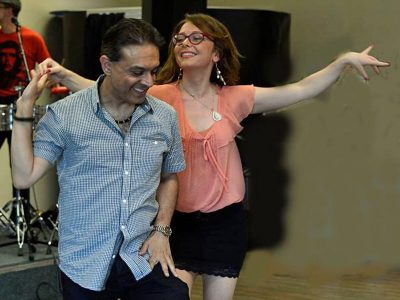The body parts used in African dances differ in areas around Ethiopia. The North tribes predominantly use their shoulders and necks. Whereas, in the south, footwork is more important.
The Gurage are famous for their vigorous jumping, thumping of their feet and swaying from side to side
For the Oromos, the head and the neck do most of the movement
A shoulder and chest dance is common for most of the Amharas
For the Tigrean, dancing is mostly movement of the movement of their shoulders
For the Wolaita, the movement of hips and legwork is very important
As the nights draw in and the city gets colder, Cardiff girl Jessie Brett hopes to warm peoples’ hearts with traditional African dance class.
The class takes place every Friday from 6pm, in Wonderland studios. The dances are inspired by traditional African moves from Ethiopia.
Over the past year, Jessie has travelled around Africa studying Ethiopian rhythm and movement. The dance lessons are inspired by her travels.
Jessie explains the meaning behind each movement and combines the diverse dances into an hour-long journey around Ethiopia.
“Everyone tends to be a little apprehensive at first but once they get into the swing of things, they let themselves go. Its great to see people smiling laughing and getting some real enjoyment out of the class,” said Jessie
Watch the video and start practising your moves to some African Groove
[youtube]https://www.youtube.com/watch?v=qpnkfiQ8F4o[/youtube]
The body parts used in African dances differ in areas around Ethiopia. The North tribes predominantly use their shoulders and necks. Whereas, in the south, footwork is more important.
The Gurage are famous for their vigorous jumping, thumping of their feet and swaying from side to side
For the Oromos, the head and the neck do most of the movement
A shoulder and chest dance is common for most of the Amharas
For the Tigrean, dancing is mostly movement of the movement of their shoulders
For the Wolaita, the movement of hips and legwork is very important





